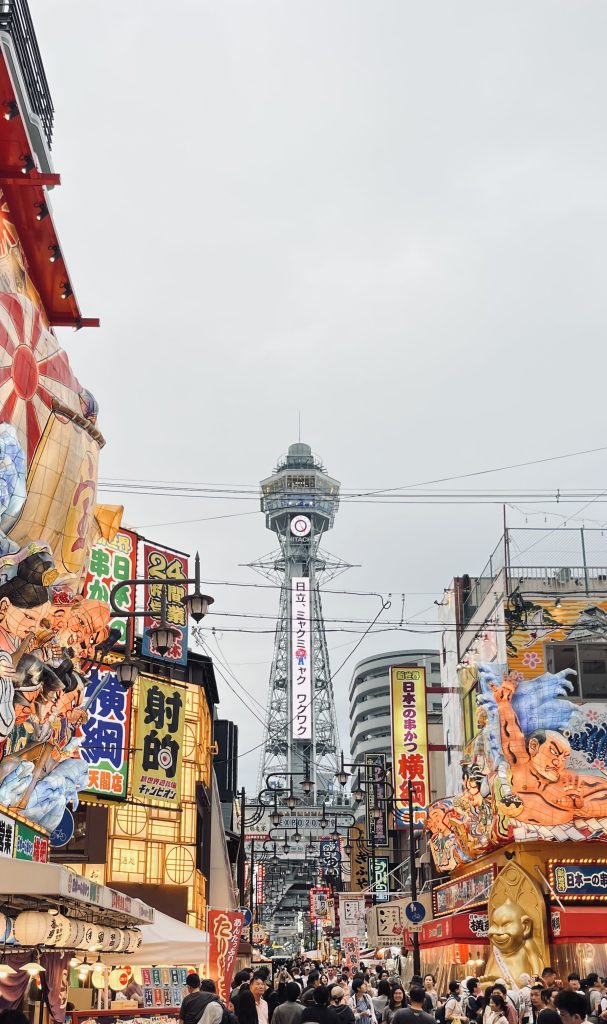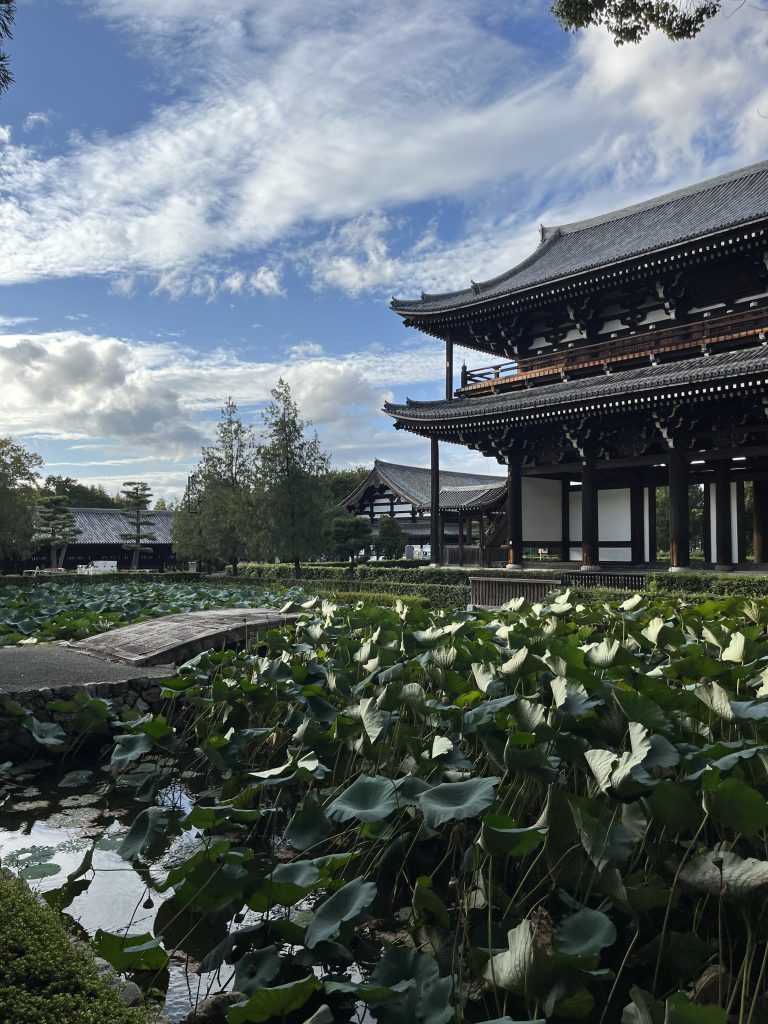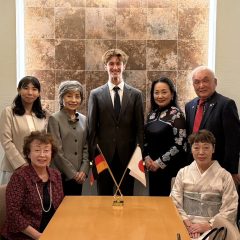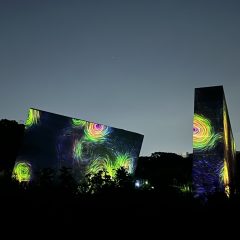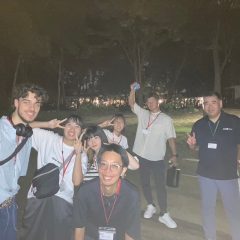☆☆☆First report of Daniel Gottstein, 25th scholar of GRÜNWALD STIFTUNG☆☆☆
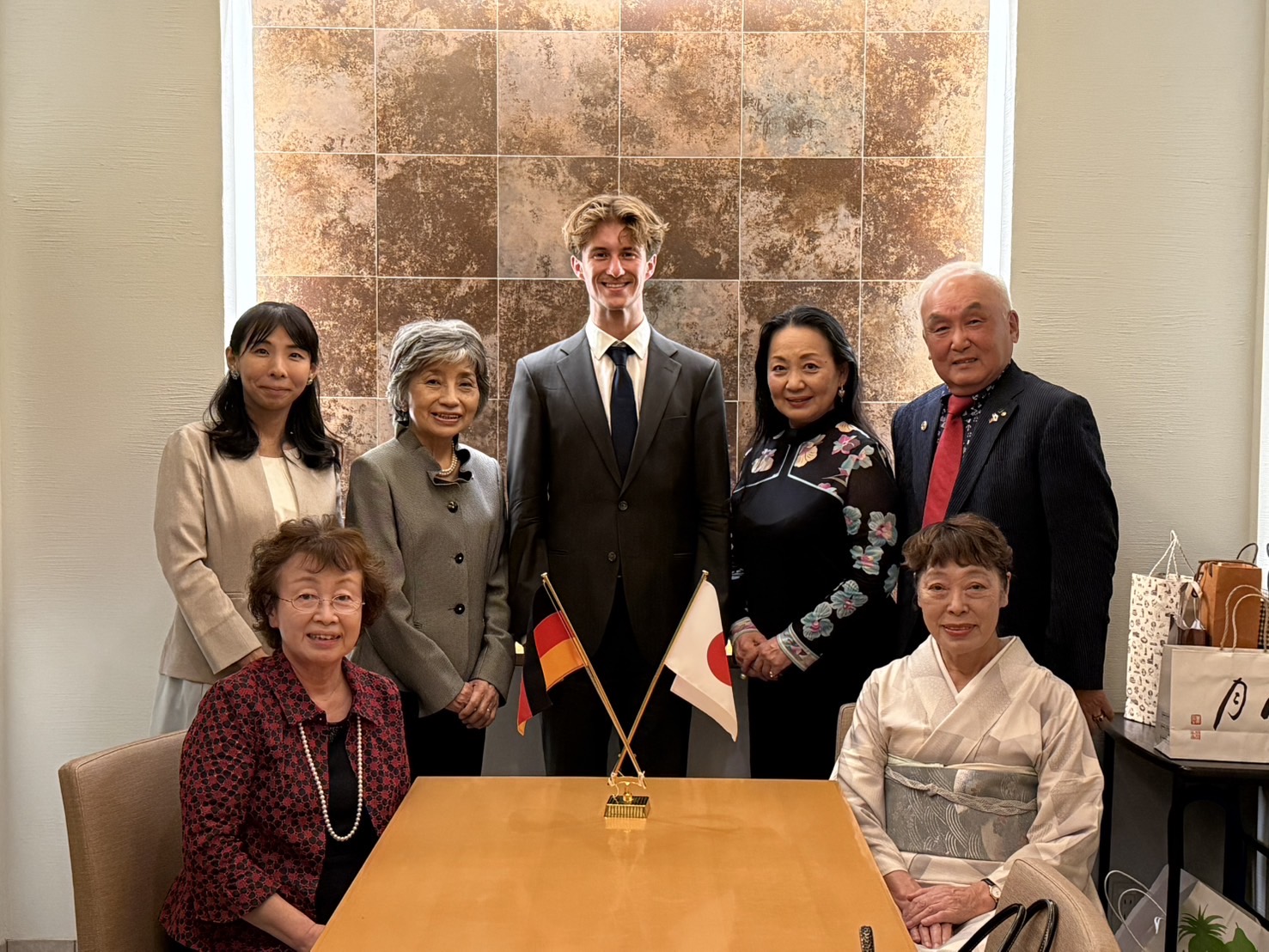
At the outset, I would like to express my sincere gratitude to Mr. Okamoto. His extraordinary generosity – through the provision of the apartment in the “Mädelhaus,” the time he invested in culinary experiences, as well as his language lessons and his commitment to taking me to a wide range of events – has enabled me to gather an incredible number of impressions within the first two weeks of my stay.
Through his support, I was able to gain initial insights into Japanese culture, history, and language, and to engage in many stimulating conversations.
In the following, I would like to highlight several differences from Germany and particular aspects that have stood out to me during my time in Osaka.
- Everyday Customs
Before traveling to Japan, I was aware that one removes their shoes when entering private homes and temples. However, I was surprised to learn that this custom also applies in, to my perception, rather unusual places – such as the fitting rooms of clothing stores.
Equally striking, especially compared to Germany, was the patience and thoughtfulness of the people. When boarding a bus, passengers line up in an orderly queue, a practice that rewards longer waiting times with a higher likelihood of obtaining a seat.
Comfort during train rides is ensured by a general ban on phone calls and the unspoken rule of not speaking loudly. This may, among other reasons, explain why so many passengers sleep during their journeys – as Mr. Okamoto in my opinion correctly stated: efficient use of time.
Consideration for others is also evident at the dining table: beverages are poured only for one’s table companions, never for oneself.
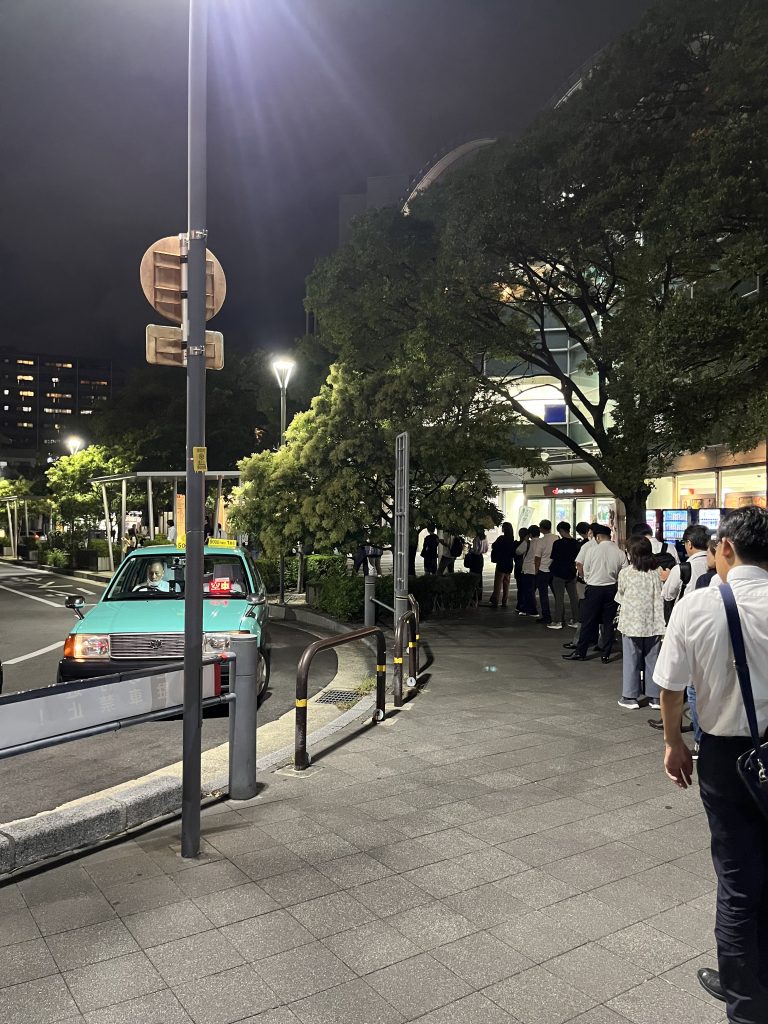
At a meeting of the Japanese-German Society, the topic of flirting behavior was discussed. It was emphasized that in Japan, the eyes play a central role – flirting occurs more through glances than direct words. Compliments traditionally refer less to appearance and more to friendliness or sympathy. However, participants also noted that these conventions are no longer observed as strictly as in the past.
- Pedestrian-Friendly Infrastructure
I find the design of Japanese traffic lights exemplary. In addition to the standard signals, decreasing bars visually indicate the remaining time before the light changes, allowing pedestrians to better plan their crossings.
There are also special buttons for elderly people that extend the green-light duration. Still somewhat confusing to me are intersections where all four pedestrian lights turn green simultaneously, allowing people to cross diagonally.
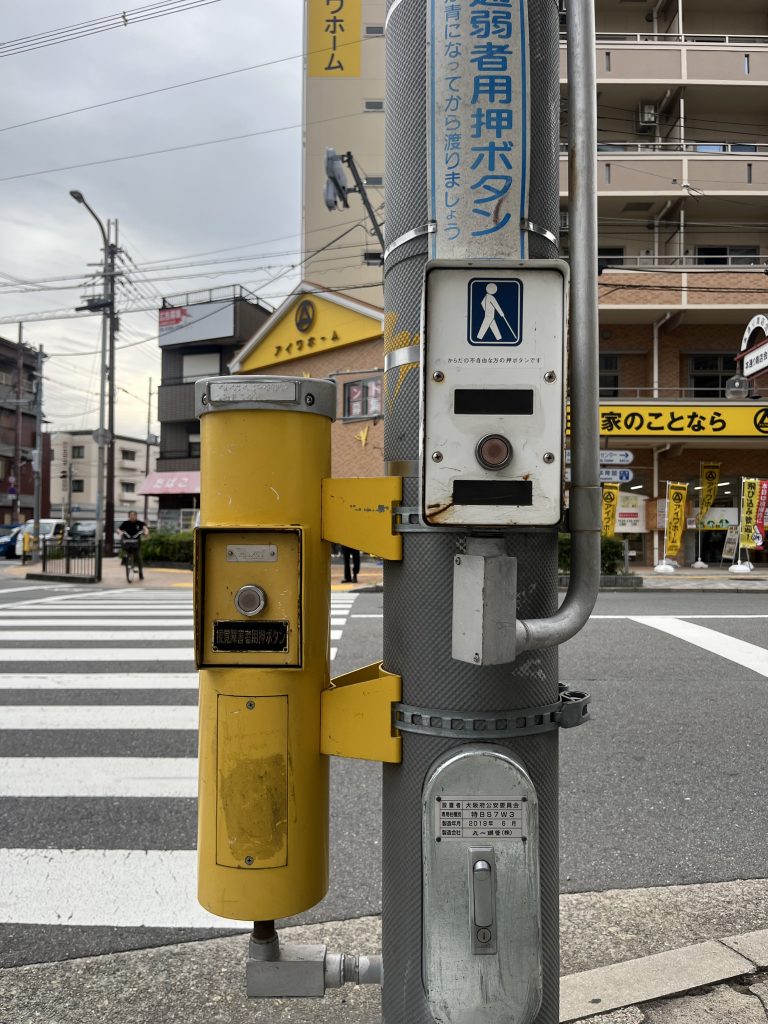
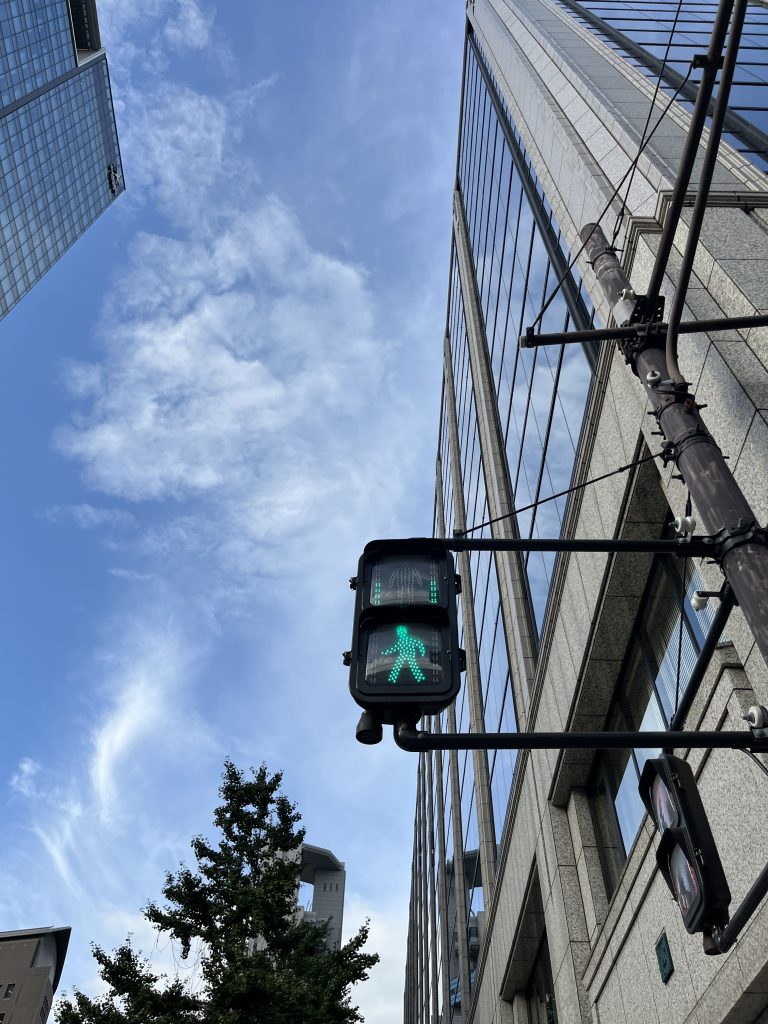
- Public Transportation in Osaka
At first, Osaka’s public transportation system seemed confusing to me, as numerous private operators coexist alongside the national Japan Railway. Nevertheless, the system is designed to make travel as easy as possible.
The ICOCA card allows access to all lines, and orientation is made easier by clear signage and floor markings – arrows and colored lines that can be followed to the desired platform.
Boarding and exit areas are also clearly marked, sometimes even with designated waiting zones, which makes the entire boarding process more efficient.
The various railway companies create healthy competition, which benefits passengers through fair pricing and punctual operations. Perhaps a greater degree of competition could also be beneficial in Germany.
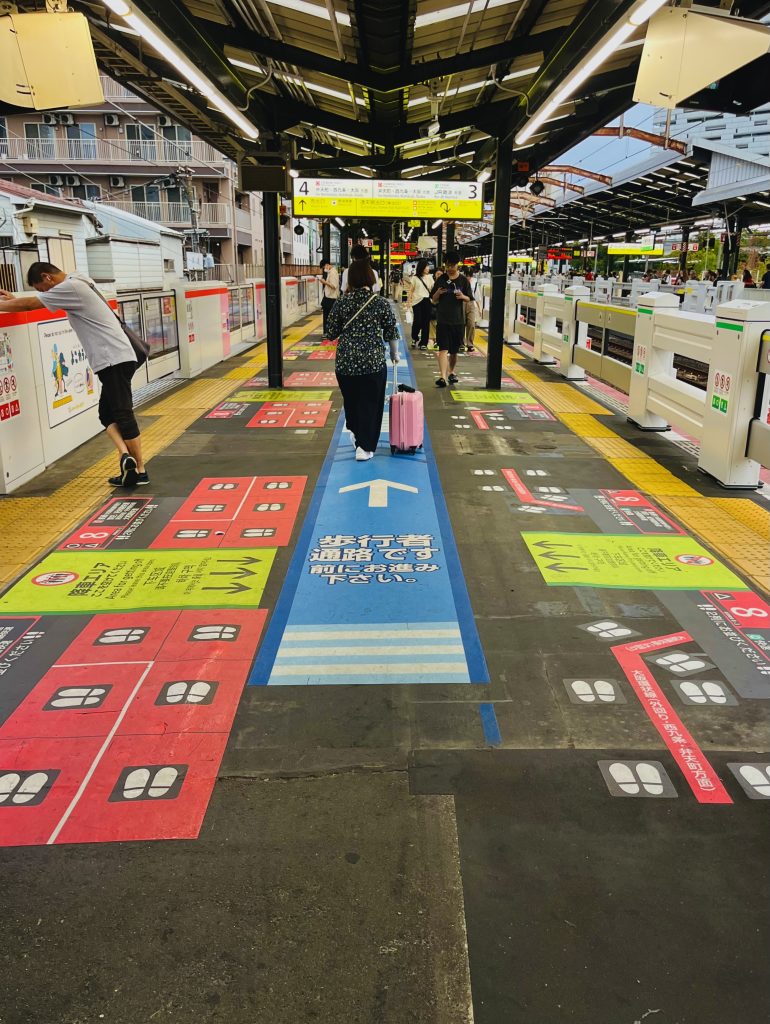
- Service Orientation
Another defining characteristic of Japan is its pronounced service culture. This is evident, for example, at construction sites where several workers are assigned solely to ensure traffic safety and smooth workflow for the person performing the actual task.
In parking facilities, attendants not only hand drivers their tickets but also provide guidance on directions and assist with parking.
The potential macroeconomic implications of this service-oriented mindset were addressed in a highly insightful conversation with Consul General Saxinger. Among other points, it was suggested that Japan’s strong service culture may contribute to a similar GDP as Germany´s, despite having roughly 50% more inhabitants than Germany.
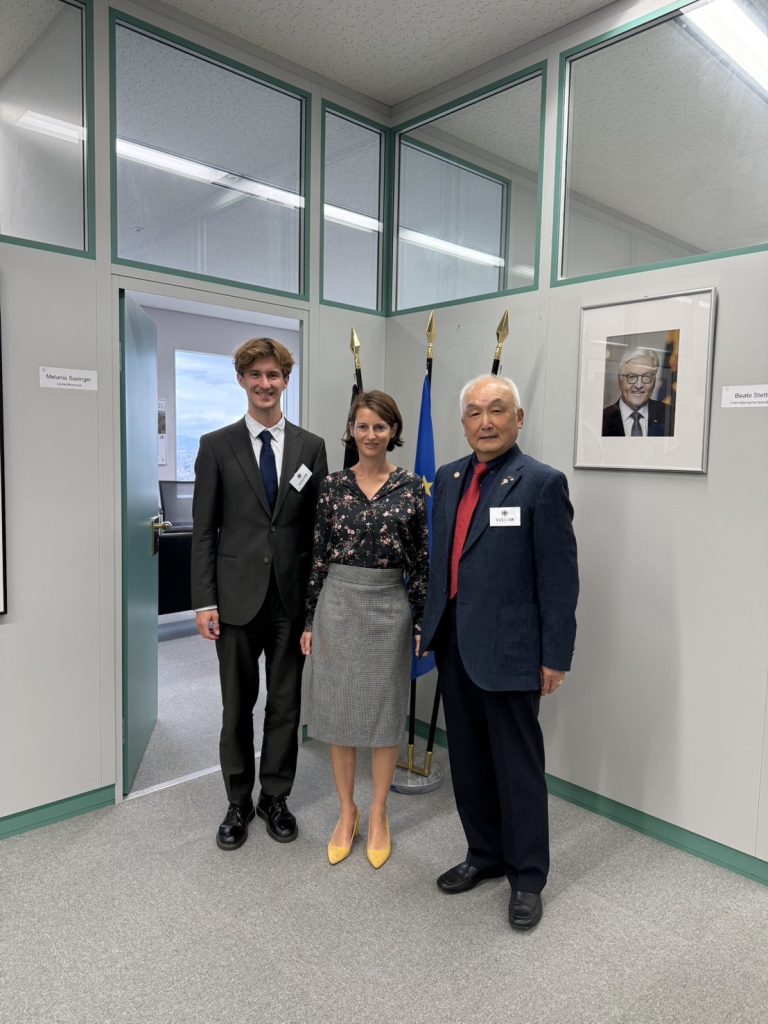
- Music and Culture
Through my participation in activities organized by the Japanese-German Society and at my welcome party, I had the opportunity to meet several pianists.
Interestingly, all of them agreed that the works of Chopin enjoy exceptional popularity in Japan – his romantic and memorable melodies attract larger audiences than those of most other composers.
Beethoven also holds a special place: the mayor of Suita presented us with the lyrics of the Ninth Symphony, which he is currently rehearsing as a choir member.
At a neighborhood celebration, I was told about a large Christmas choir that performs “Freude schöner Götterfunken” together during the holiday season.
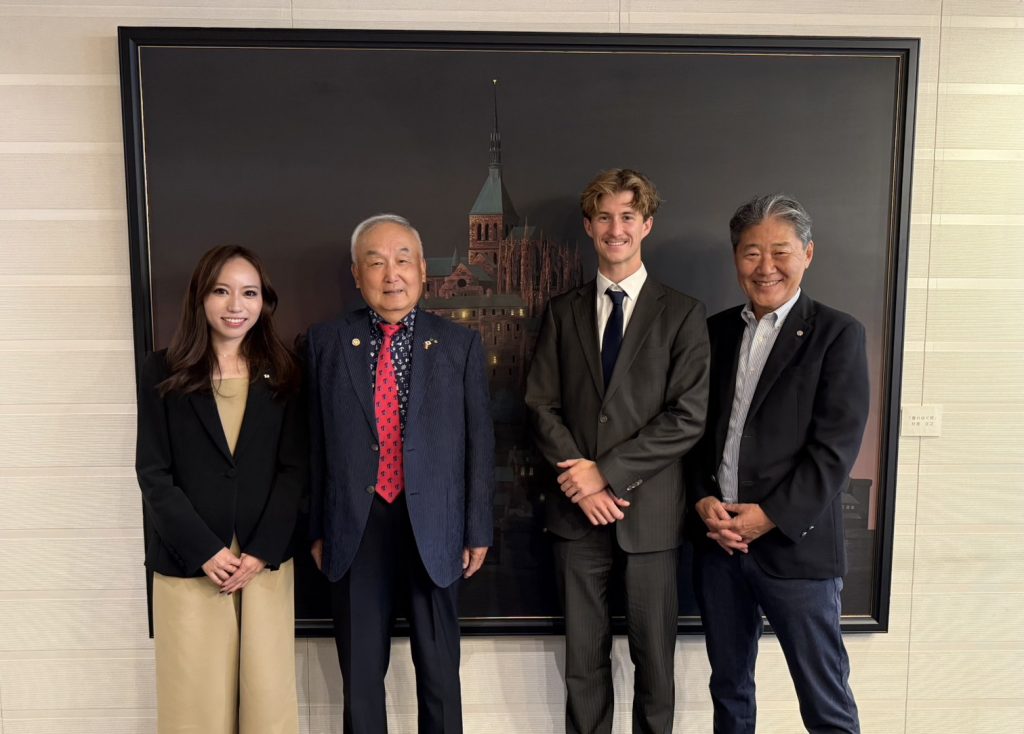
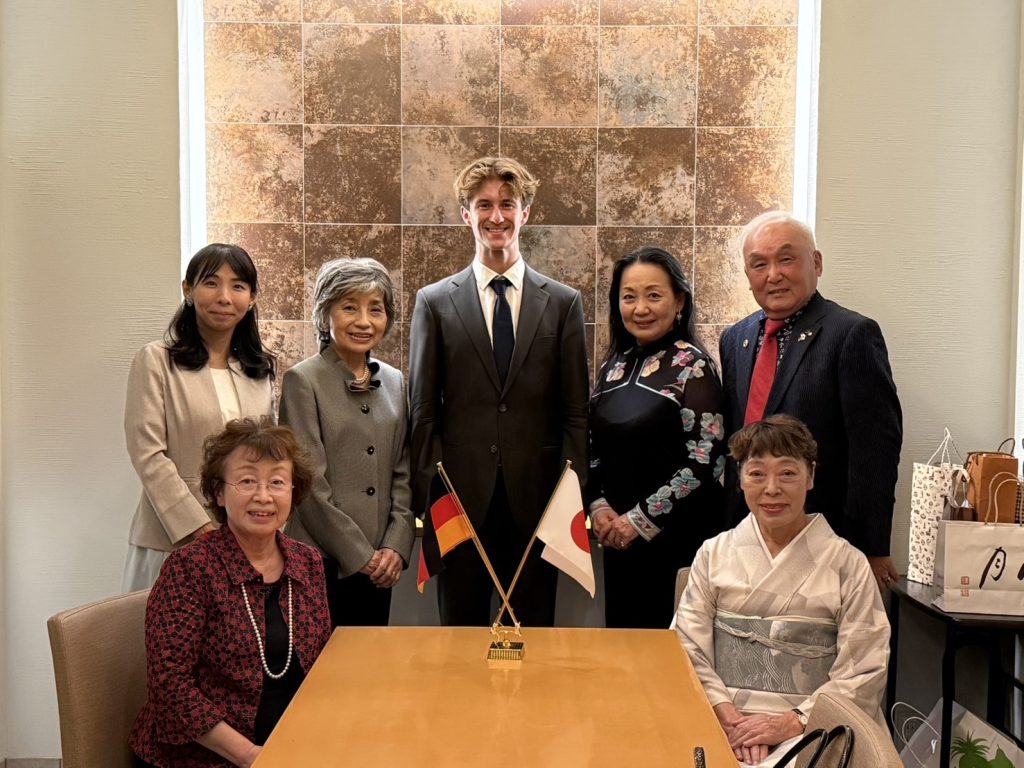
- Contrasts
I continue to be fascinated by the contrasts that Japan embodies.
In Osaka, districts such as Dōtonbori and Ebisuhigashi overwhelm the senses – filled with noise, lights, and enticing aromas. Yet just a 40-minute train ride away, in Kyoto’s temple complexes, one is surrounded by an atmosphere of calm and serenity.
A smaller-scale analogy can be found in a Uniqlo store. In this popular Japanese clothing chain – of which there are reportedly 24 locations in Osaka alone – one can find, on one side, simple and stylish basic clothing, while the opposite side displays colorful T-shirts featuring Pokémon and anime designs. 